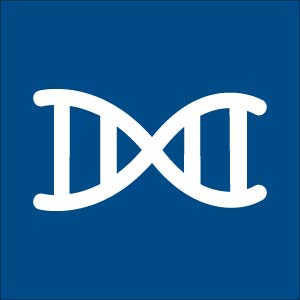What is mass spectrometry?
Mass spectrometry (MS) is an analytical technique developed over 100 years ago that is used to determine molecular mass. In addition, it can also provide information regarding molecular structure and allows for quantitation as well [1]. This technique can be used to study macromolecules, identify microorganisms, analyze complex mixtures, find compounds in biological matrices such as active pharmaceutical ingredients or metabolites, or as a tool in proteomics research. It can also be used in tandem with separation techniques, it has become an invaluable tool for a variety of applications [1].
How does mass spectrometry work?
In MS analysis, the mass-to-charge ratio of ions is measured. This is done by ionizing a sample, separating the ions or fragments according to their mass-to-charge (m/e) ratio, and then detecting these charged particles by a detector/analyzer where molecular weight is measured. The analysis compares the calculated molecular weight of the given sequence to the measured molecular weight [1]. There are two main types of mass spectrometry that are currently used: MALDI‑TOF or ESI‑MS. MALDI‑TOF stands for matrix-assisted laser desorption ionization-time of flight and is an MS technique that strikes large molecules with laser energy into minimal ion fragments. It is used to analyze biomolecules like DNA, proteins, and peptides or to identify microorganisms like fungi, bacteria, and viruses [2]. ESI‑MS is electrospray ionization MS that produces ions using an electrospray where high voltage is applied to a liquid to create an aerosol. This method is used to determine the molecular weight of proteins, peptides, and other macromolecules [3]. This method is used at IDT over MALDI-TOF as it is more applicable to the product lengths being manufactured here—ESI‑MS can accurately measure oligos up to 200 nt while MALDI-TOF becomes less accurate as for oligos greater than 40 nt. It allows for better accuracy and resolution for the molecular weight range of the products being offered from IDT, whether it be DNA oligonucleotides or RNA oligonucleotides.
Steps in mass spectrometry?
There are four main stages of mass spectrometry:
- Ionization: Atoms are ionized by knocking one or more electrons off to give positive ions by being flooded with a stream of electrons.
- Acceleration: Ions are accelerated to all have the same kinetic energy.
- Deflection: Ions are deflected by a magnetic field based on the differences in their mass. The lighter they are the more they will be deflected. Deflection also depends upon how many ions were knocked off in the first stage. The more an ion is charged the more it will be deflected.
- Detection: Ions are then passed through a mass analyzer and detected based upon the m/e ratio.
In the end, results can be used to monitor, identify, analyze, sequence, or quantify samples of interest for a multitude of applications. It is an instrumental technique that provides important information about the identity and structure of molecules.
MS data is provided online for IDT orders
IDT offers ESI-MS QC free-of-charge on all standard oligonucleotides with the exception of mixed based oligos as these could potentially represent multiple sequences. These therefore cannot be accurately evaluated using ESI-MS. The data is available online for all oligonucleotides that were ordered on the website once they have shipped. To find this information, follow these steps:
- Go to My Account > Order History and search for your order.
- Click the zip file located under the QC/COA heading for your order. This file contains all of the trace files in the order.
To get help with locating a trace, contact us.

